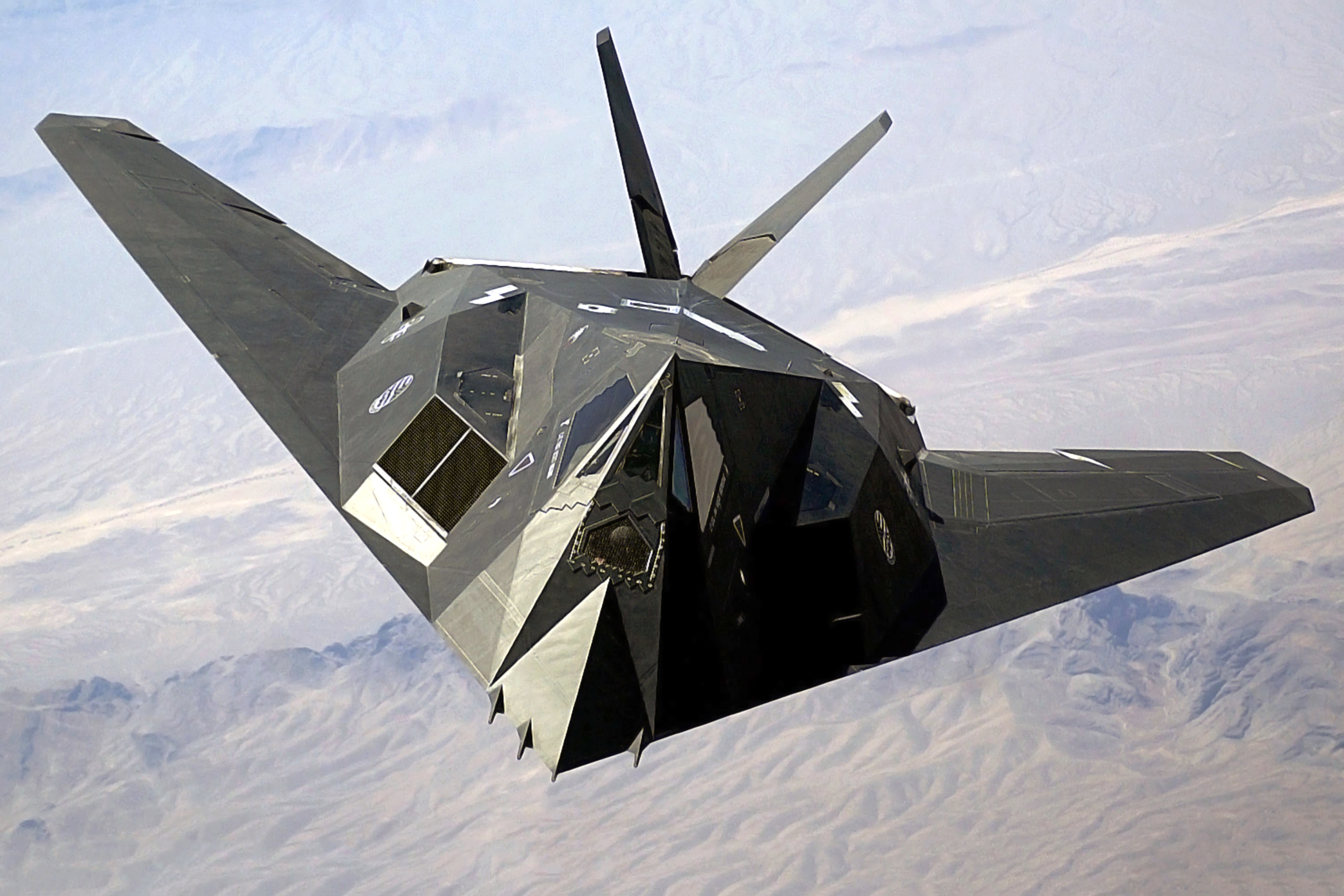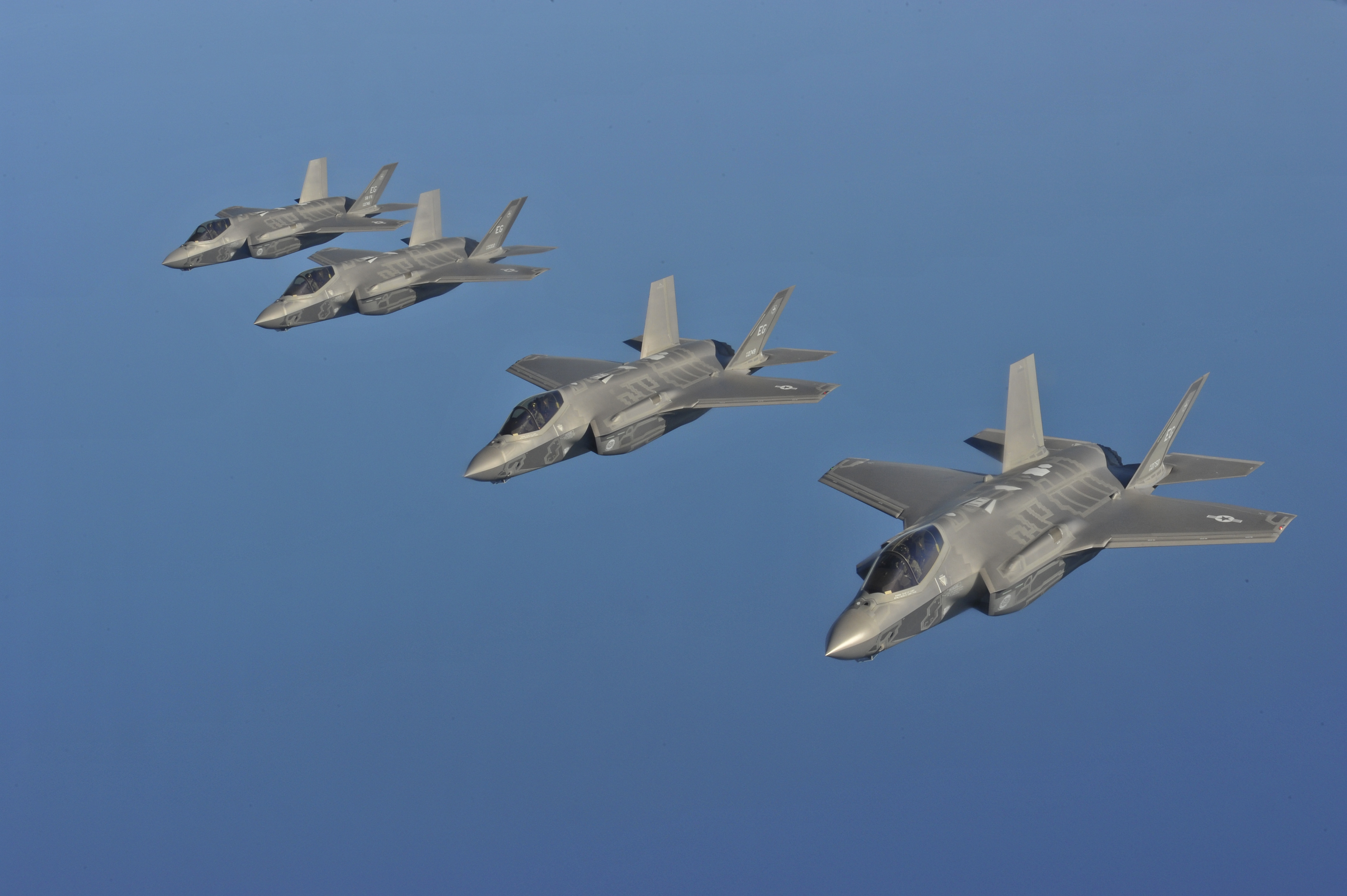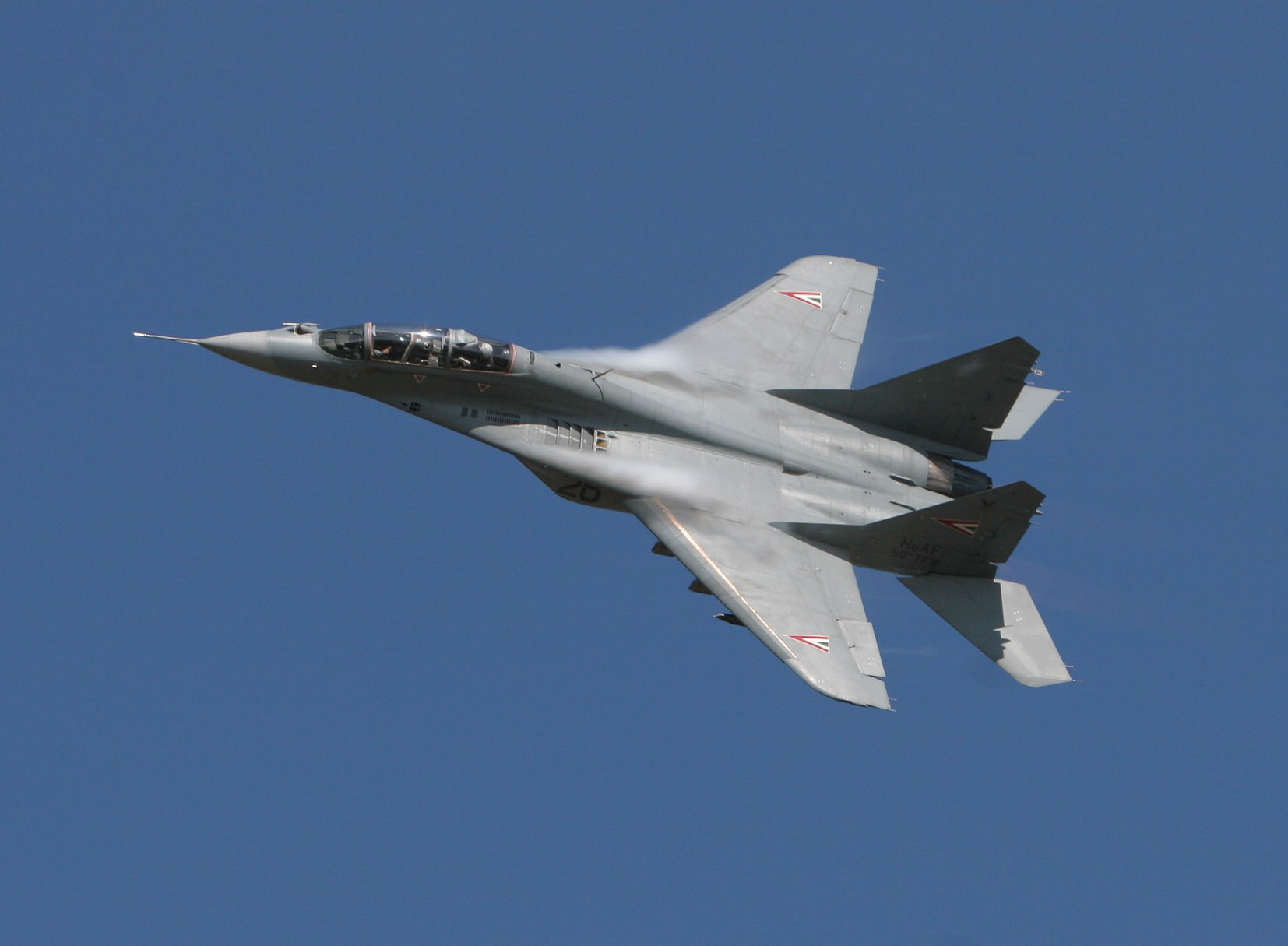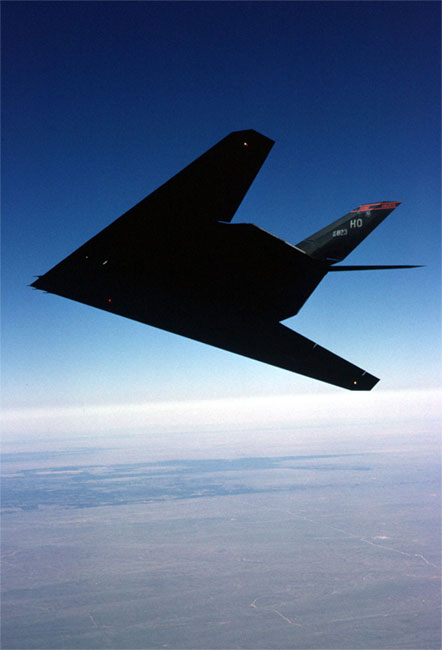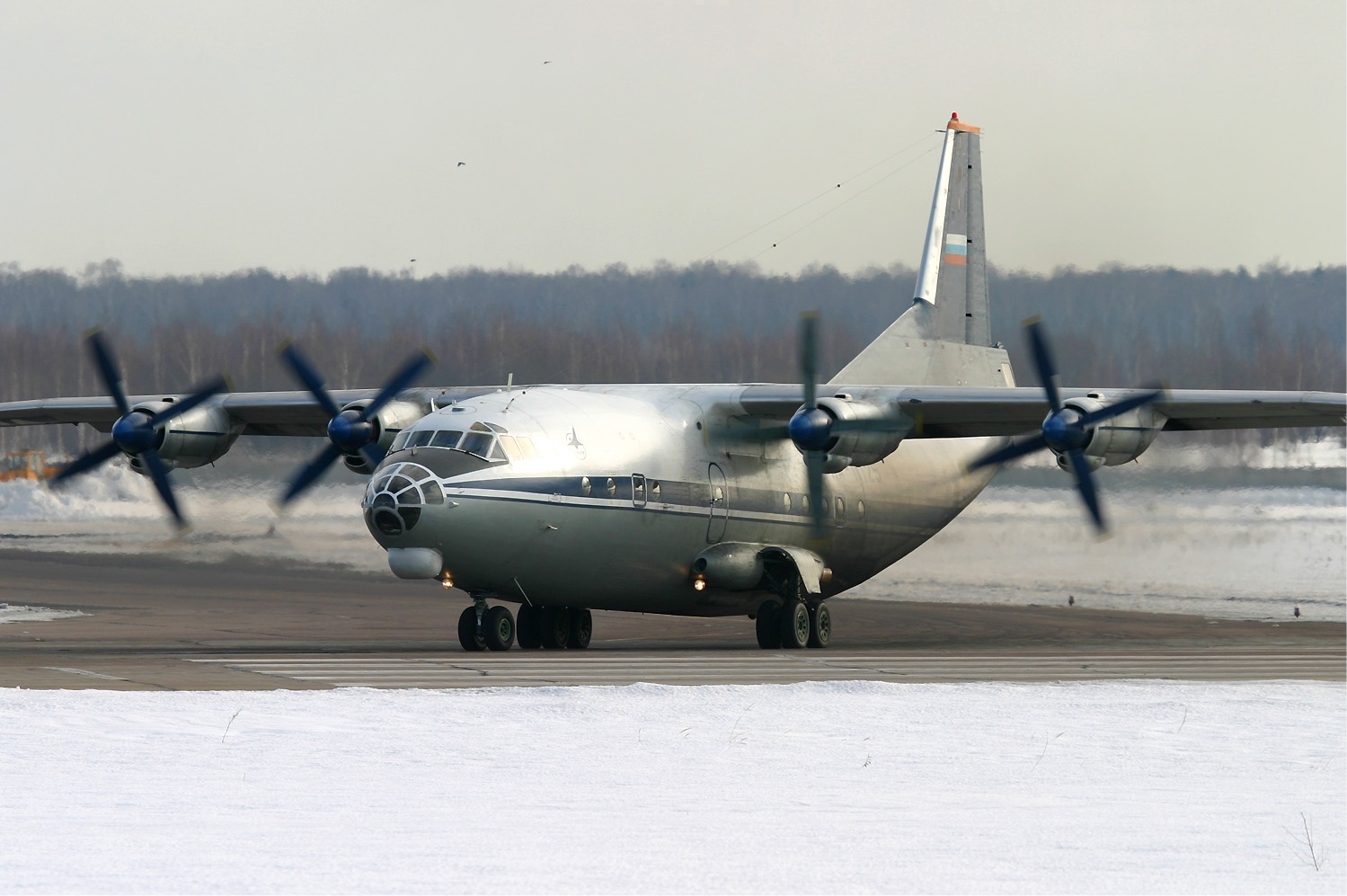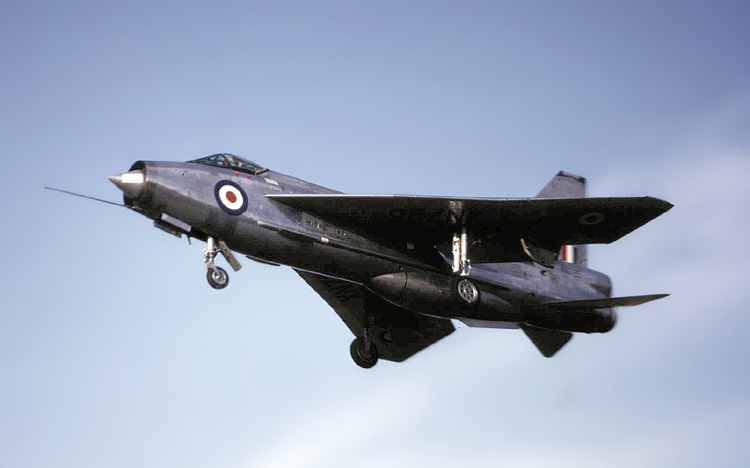|
Su-57
The Sukhoi Su-57 (russian: Сухой Су-57; NATO reporting name: Felon) is a twin-engine stealth multirole fighter aircraft developed by Sukhoi. It is the product of the PAK FA (russian: ПАК ФА, russian: label=short for, Перспективный авиационный комплекс фронтовой авиации, Perspektivnyy Aviatsionnyy Kompleks Frontovoy Aviatsii, 'prospective aeronautical complex of front-line air forces') programme, which was initiated in 1999 as a more modern and affordable alternative to the MFI ( Mikoyan Project 1.44/1.42). Sukhoi's internal designation for the aircraft is T-50. The Su-57 is the first aircraft in Russian military service designed with stealth technology and is intended to be the basis for a family of stealth combat aircraft. A multirole fighter capable of aerial combat as well as ground and maritime strike, the Su-57 incorporates stealth, supermaneuverability, supercruise, integrated avionics, and substantial internal ... [...More Info...] [...Related Items...] OR: [Wikipedia] [Google] [Baidu] |
Sukhoi/HAL FGFA
The Sukhoi/HAL Fifth Generation Fighter Aircraft (FGFA) was a fifth-generation fighter concept, based on the Russian Sukhoi Su-57, that was being developed jointly by Sukhoi and HAL for the Indian Air Force. While the programme was earlier called FGFA, the combined project then referred as Perspective Multi-Role Fighter (PMF). The completed FGFA was to include a total of 43 improvements over the Su-57, including advanced sensors, networking and combat avionics.Mathews, Neelam"India's Version of Sukhoi T-50 Delayed by Two Years."''AIN'', 25 May 2012. The Indian version would be a two-seater with pilot and co-pilot or weapon systems operator (WSO). It was reported India withdrew from the FGFA programme in 2018, but also hinted that the project could be resumed at a later date, when the Su-57 is fully operational in the Russian Air Force first. However, General Director of United Aircraft Corporation Yuri Slyusar claimed that the FGFA program was not cancelled and India is still wo ... [...More Info...] [...Related Items...] OR: [Wikipedia] [Google] [Baidu] |
Stealth Aircraft
Stealth aircraft are designed to avoid detection using a variety of technologies that reduce reflection/emission of radar, infrared, visible light, radio frequency (RF) spectrum, and audio, collectively known as stealth technology. The F-117 Nighthawk was the first operational aircraft specifically designed around stealth technology. Other examples of stealth aircraft include the B-2 Spirit, the B-21 Raider, the F-22 Raptor, the F-35 Lightning II, the Chengdu J-20, and the Sukhoi Su-57. While no aircraft is totally invisible to radar, stealth aircraft make it more difficult for conventional radar to detect or track the aircraft effectively, increasing the odds of an aircraft successfully avoiding detection by enemy radar and/or avoiding being successfully targeted by radar guided weapons. Stealth is the combination of passive low observable (LO) features and active emitters such as low-probability-of-intercept radars, radios and laser designators. These are usually combined ... [...More Info...] [...Related Items...] OR: [Wikipedia] [Google] [Baidu] |
Sukhoi Su-47
The Sukhoi Su-47 ''Berkut'' (russian: Сухой Су-47 Беркут, translation=Golden Eagle) (NATO reporting name Firkin), also designated S-32 and S-37 (not to be confused with the twin-engined delta canard designButtler, Tony and Gordon, Yefim. "Soviet Secret Projects: Fighters Since 1945". Midland Publishing, 2005. . offered by Sukhoi in the early 1990s under the designation Su-37) during initial development, was an experimental supersonic jet fighter developed by the JSC Sukhoi Company. A distinguishing feature of the aircraft was its forward-swept wingRussian Aviation Page: Sukhoi S-37 Berkut (S-32) that gave the aircraft excellent agility and maneuverability. While serial production of the type never materialized and the configuration was not further pursued, the sole aircraft ... [...More Info...] [...Related Items...] OR: [Wikipedia] [Google] [Baidu] |
Mikoyan MiG-29
The Mikoyan MiG-29 (russian: Микоян МиГ-29; NATO reporting name: Fulcrum) is a twin-engine fighter aircraft designed in the Soviet Union. Developed by the Mikoyan design bureau as an air superiority fighter during the 1970s, the MiG-29, along with the larger Sukhoi Su-27, was developed to counter new U.S. fighters such as the McDonnell Douglas F-15 Eagle and the General Dynamics F-16 Fighting Falcon.Gordon and Davison 2005, p. 9. The MiG-29 entered service with the Soviet Air Forces in 1983. While originally oriented towards combat against any enemy aircraft, many MiG-29s have been furnished as multirole fighters capable of performing a number of different operations, and are commonly outfitted to use a range of air-to-surface armaments and precision munitions. The MiG-29 has been manufactured in several major variants, including the multirole Mikoyan MiG-29M and the navalised Mikoyan MiG-29K; the most advanced member of the family to date is the Mikoyan MiG-35. Later ... [...More Info...] [...Related Items...] OR: [Wikipedia] [Google] [Baidu] |
Multirole Combat Aircraft
A multirole combat aircraft (MRCA) is a combat aircraft intended to perform different roles in combat. These roles can include air to air combat, air support, aerial bombing, reconnaissance, electronic warfare, and suppression of air defenses. Definition The term "multirole" was originally reserved for aircraft designed with the aim of using a common airframe for multiple tasks where the same basic airframe is adapted to a number of differing roles. The main motivation for developing multirole aircraft is cost reduction in using a common airframe. More roles can be added, such as aerial reconnaissance, forward air control, and electronic-warfare aircraft. Attack missions include the subtypes air interdiction, suppression of enemy air defense (SEAD), and close air support (CAS). Multirole has also been applied to one aircraft with both major roles, a primary air-to-air combat role, and a secondary role like air-to-surface attack. However, those designed with an emphasis ... [...More Info...] [...Related Items...] OR: [Wikipedia] [Google] [Baidu] |
Post-PFI Soviet/Russian Aircraft Projects
The Soviet post-PFI projects refer to several Soviet and Russian Air Force projects initiated to replace the PFI-era aircraft. History In 1969, the Soviet Union became aware of the existence of the United States' "teen"-series of aircraft, including the Grumman F-14 Tomcat, McDonnell Douglas F-15 Eagle, General Dynamics F-16 Fighting Falcon and McDonnell Douglas F/A-18 Hornet. In response, the Soviets initiated the ''Perspektivnyi Frontovoy Istrebitel'' ("Perspective Frontline Fighter") -abbreviated as PFI - project to develop a multirole fighter aircraft capable of countering the new generation of U.S. aircraft. The PFI project then branched into two projects, the ''Tyazholy Perspektivnyi Frontovoy Istrebitel'', "Heavy Perspective Frontline Fighter" (TPFI) and the ''Lyogkiy Perspektivnyi Frontovoy Istrebitel'', "Light Perspective Frontline Fighter" (LPFI). The goal of the TPFI project was to develop a fighter capable of long-range flight, primarily to intercept hostile aircraft ... [...More Info...] [...Related Items...] OR: [Wikipedia] [Google] [Baidu] |
Stealth Technology
Stealth technology, also termed low observable technology (LO technology), is a sub-discipline of military tactics and passive and active electronic countermeasures, which covers a range of methods used to make personnel, aircraft, ships, submarines, missiles, satellites, and ground vehicles less visible (ideally invisible) to radar, infrared, sonar and other detection methods. It corresponds to military camouflage for these parts of the electromagnetic spectrum (i.e., multi-spectral camouflage). Development of modern stealth technologies in the United States began in 1958, where earlier attempts to prevent radar tracking of its U-2 spy planes during the Cold War by the Soviet Union had been unsuccessful. Designers turned to developing a specific shape for planes that tended to reduce detection by redirecting electromagnetic radiation waves from radars. Radiation-absorbent material was also tested and made to reduce or block radar signals that reflect off the surfaces of air ... [...More Info...] [...Related Items...] OR: [Wikipedia] [Google] [Baidu] |
Komsomolsk-on-Amur Aircraft Production Association
Komsomolsk-on-Amur Aircraft Plant (KnAAPO or KnAAZ; russian: Комсомольский-на-Амуре авиационный завод); based in Komsomolsk-on-Amur in the Russian Far East, is the largest aircraft-manufacturing company in Russia. The company is among Khabarovsk Krai's most successful enterprises, and for years has been the largest taxpayer of the territory. In 1999 and 2001 the Russian Union of Industrialists and Entrepreneurs and the Chamber of Commerce and Industry of RF granted KnAAPO the title "best Russian enterprise". Production The company currently produces Su-27SM/SKM fighters, Su-30MK2 multirole fighters, Su-33 and Su-27KUB shipborne fighters, and Be-103 amphibians, among others. The assembly line for all versions of the new Sukhoi Superjet 100 is located at the company's facilities. Together with Novosibirsk Aircraft Production Association (which focuses on component production), the company is expected to produce 70 Superjet airframes by 2012 ... [...More Info...] [...Related Items...] OR: [Wikipedia] [Google] [Baidu] |
Sukhoi Su-27
The Sukhoi Su-27 (russian: Сухой Су-27; NATO reporting name: Flanker) is a Soviet-origin twin-engine supermaneuverable fighter aircraft designed by Sukhoi. It was intended as a direct competitor for the large US fourth-generation jet fighters such as the Grumman F-14 Tomcat and McDonnell Douglas F-15 Eagle, with range, heavy aircraft ordnance, sophisticated avionics and high maneuverability. The Su-27 was designed for air superiority missions, and subsequent variants are able to perform almost all aerial warfare operations. It was designed with the Mikoyan MiG-29 as its complement. The Su-27 entered service with the Soviet Air Forces in 1985. The primary role was long range air defence against American SAC Rockwell B-1B Lancer and Boeing B-52G and H Stratofortress bombers, protecting the Soviet coast from aircraft carriers and flying long range fighter escort for Soviet heavy bombers such as the Tupolev Tu-95, Tupolev Tu-22M and Tupolev Tu-160. The Su-27 was d ... [...More Info...] [...Related Items...] OR: [Wikipedia] [Google] [Baidu] |
Supercruise
Supercruise is sustained supersonic flight of a supersonic aircraft with a useful cargo, passenger, or weapons load without using afterburner (also known as "reheat"). Many supersonic military aircraft are not capable of supercruise and can only maintain Mach 1+ flight in short bursts with afterburners. Aircraft such as the SR-71 Blackbird are designed to cruise at supersonic speed with afterburners enabled. Some 4th generation fighter jets are technically capable of supercruise, but only at high altitudes and in a clean configuration. For an aircraft to be deemed capable of true supercruise, it must be able to carry a normal load for an extended distance without diving or using an afterburner. Planes marketed as featuring supercruise usually have the ability to carry a combat load at low to medium altitudes; being able to break Mach 1 without afterburner does not necessarily show supercruise ability. For example, the Federation of American Scientists defined supercruise as "the ... [...More Info...] [...Related Items...] OR: [Wikipedia] [Google] [Baidu] |
Supermaneuverability
Supermaneuverability is the capability of fighter aircraft to execute tactical maneuvers that are not possible with purely aerodynamic techniques. Such maneuvers can involve controlled side-slipping or angles of attack beyond maximum lift. This capability was researched beginning in 1975 at the Langley Research Center in the United States, and eventually resulted in the development of the McDonnell Douglas F-15 STOL/MTD as a proof of concept aircraft. The Saab 35 Draken was another early aircraft with limited supermaneuverable capabilities. In 1983, the MiG-29 and in 1986, the Sukhoi Su-27 were deployed with this capability, which has since become standard in all of Russia's fourth- and fifth-generation aircraft. There has been some speculation, but the mechanism behind the supermaneuverability of the Russian-built aircraft has not been publicly disclosed. However, post-stall analyses have been increasingly used in recent years to advance maneuverability via the use of t ... [...More Info...] [...Related Items...] OR: [Wikipedia] [Google] [Baidu] |
Komsomol'sk-on-Amur
Komsomolsk-on-Amur ( rus, Комсомольск-на-Амуре, r=Komsomolsk-na-Amure, p=kəmsɐˈmolʲsk nɐɐˈmurʲə) is a city in Khabarovsk Krai, Russia, located on the west bank of the Amur River in the Russian Far East. It is located on the Baikal-Amur Mainline, northeast of Khabarovsk. Population: Geography The city and its suburbs stretch for over along the left bank of the Amur River. The river at this point is up to wide. Lake Khummi is located southeast of the city.Google Earth The distance to Khabarovsk—the administrative center of the krai—is ; to the Pacific Ocean—about . The nearest other major town is Amursk, about south. It is about east of Moscow, and lies at the eastern end of the BAM Railway. History The future site of Komsomolsk-on-Amur was conquered by the Mongols in the 13th century, becoming part of the Mongol Empire under the Mongol Yuan Dynasty. It was later held by the Manchus until the area was ceded to the Russian Empire in the ... [...More Info...] [...Related Items...] OR: [Wikipedia] [Google] [Baidu] |
.jpg)
